Tudo
começou com um desafio do Facebook: escolher 10 filmes que me causaram impacto
e publicar cenas destes filmes, durante 10 dias, deixando seus amigos
adivinharem qual o filme de cada dia. Minha grande amiga – e também Suffragette
– Rafaella me desafiou e eu decidi escolher apenas as mais belas imagens para
publicar. Com isso, eu pude explorar um assunto que vem chamando minha atenção
ultimamente: a fotografia dos filmes e os grandes diretores de fotografia do
cinema.
It all
started as a Facebook challenge: choose 10 films that made an impact on you,
and post frames of them over 10 days, letting your friends guess which film it
was. My good friend – and fellow Suffragette – Rafaella challenged me and I
decided to choose only very beautiful frames to add to my feed. With this, I
could dive deeper into something that has been calling my attention lately:
cinematography and great cinematographers.
Eu sei que
os filmes noir têm algumas das melhores direções de fotografia, e grandes
diretores de fotografia como Greg Tolland e John Alton fizeram filmes noir.
Para minha lista, eu escolhi um filme noir, três filmes mudos, e fiz questão de
incluir filmes dos EUA, América Latina e Europa.
I know noir
has some of the best photographies, and great cinematographers like Greg
Tolland and John Alton worked in noir. For my list, I chose one film noir,
three silent films, and I also made an effort to choose from both US, Latin and
European films.
Estes
foram os dez escolhidos, com algumas observações:
Here are my
chosen ten, with some notes:
Aconteceu Naquela Noite, 1934.
Dirigido por Frank Capra. Diretor de fotografia Joseph Walker.
Este foi o
filme que deu origem ao blog Crítica Retrô!
It Happened One Night, 1934.
Directed by Frank Capra. Cinematographer Joseph Walker.
This was the
film that originated the blog Crítica Retrô!
A Dama de Xangai, 1947. Dirigido por Orson Welles. Diretores de fotografia Charles Lawton Jr
(creditado), Rudolph Maté e Joseph Walker (ambos não creditados).
The Lady from Shanghai, 1947.
Directed by Orson Welles. Cinematographers Charles Lawton Jr (credited),
Rudolph Maté, Joseph Walker (both uncredited).
It has one of
my favorite sequences of all films.
E o Vento Levou, 1939. Dirigido por Victor Fleming. Diretores de fotografia Ernest Haller
(creditado), Lee Garmes (não creditado).
Gone with the Wind, 1939. Directed by Victor Fleming. Cinematographers Ernest Haller (credited),
Lee Garmes (uncredited).
Europa ’51, 1952. Dirigido por Roberto Rossellini. Diretor de
fotografia Aldo Tonti.
Europa
'51, 1952. Directed by Roberto
Rossellini. Cinematographer Aldo Tonti.
Quando Explode a Vingança, 1971.
Dirigido por Sergio Leone. Diretor de fotografia Giuseppe Ruzzolini.
Outro
elemento icônico do filme é a bela trilha sonora composta por Ennio Morricone.
A
Fistful of Dynamite aka Duck, You Sucker!, 1971. Directed by
Sergio Leone. Cinematographer Giuseppe Ruzzolini.
Another
iconic element in this film is the beautiful soundtrack composed by Ennio
Morricone.
Um Homem com uma Câmera, 1929. Dirigido
por Dziga Vertov. Diretores de fotografia Mikhail Kaufman (creditado), Gleb
Troyanski (não creditado).
Mikhail
Kaufman é também o protagonista deste grande filme.
Man with a Movie Camera, 1929.
Directed by Dziga Vertov.
Cinematographers Mikhail Kaufman (credited), Gleb Troyanski
(uncredited).
Mikhail
Kaufman is also the lead in this great film.
O Fugitivo, 1932. Dirigido por Mervyn LeRoy. Diretor de
fotografia Sol Polito.
I am a Fugitive from a Chain Gang, 1932.
Directed by Mervyn LeRoy. Cinematographer Sol Polito.
O Pássaro Azul, 1918. Dirigido por Maurice Tourneur. Diretor de fotografia John van den Broek.
John van
den Broek faleceu menos de três meses após a estreia deste filme.
The Blue
Bird, 1918. Directed by
Maurice Tourneur. Cinematographer John van den Broek.
John van den
Broek passed away less than three months after this film premiered.
Aurora, 1927. Dirigido por F.W. Murnau. Diretores de fotografia Charles Rosher, Karl
Struss.
Sunrise, 1927. Directed by F.W. Murnau. Cinematographers Charles Rosher, Karl
Struss.
O Pagador de Promessas, 1962.
Dirigido por Anselmo Duarte. Diretor de fotografia H.E. Fowle.
H.E. Fowle
era comumente creditado como ‘Chick’ Fowle. Ele era um diretor de fotografia
inglês que veio para o Brasil em 1950 com Alberto Cavalcanti, com quem
colaborou em vários trabalhos.
The
Given Word (O
Pagador de Promessas), 1962. Directed by Anselmo Duarte. Cinematographer H.E.
Fowle.
H.E. Fowle was credited as
'Chick' Fowle. He was an English director of photography who came to Brazil in
1950 with Alberto Cavalcanti, his
frequent collaborator.
Eu devo concordar com meu bisavô que filmes em preto e branco são mais bonitos!
I must agree with my grand-grandfather that black and white movies are more beautiful!

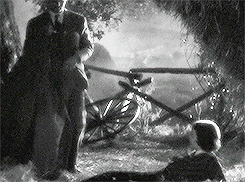
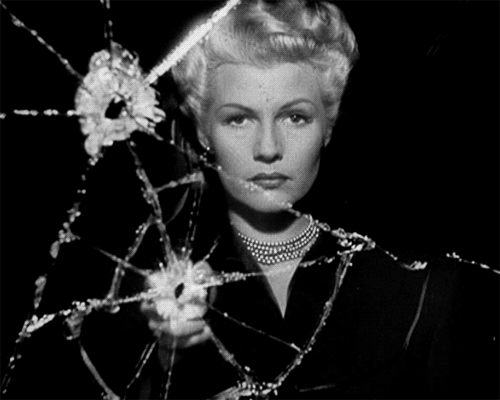
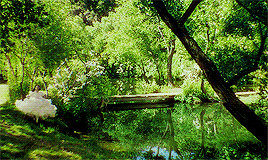
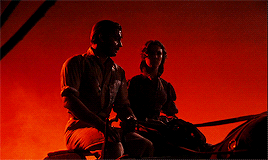


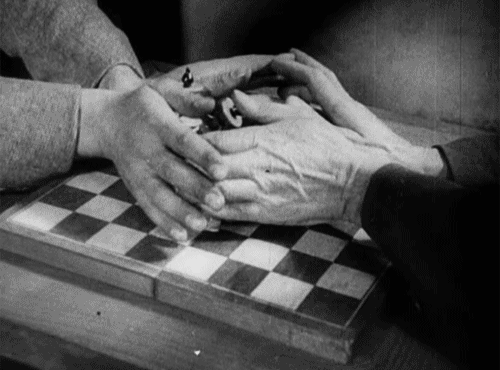


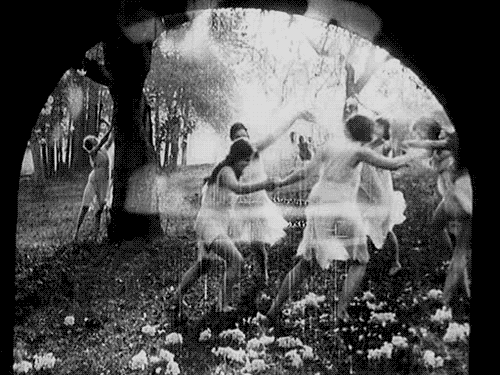
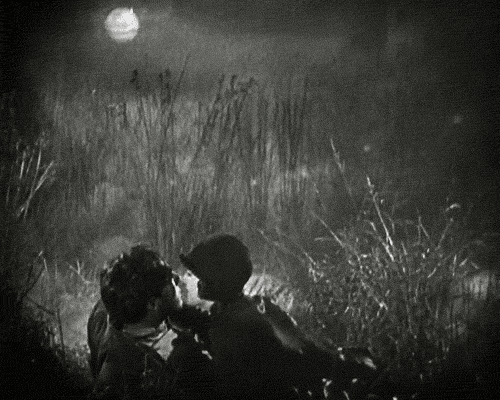
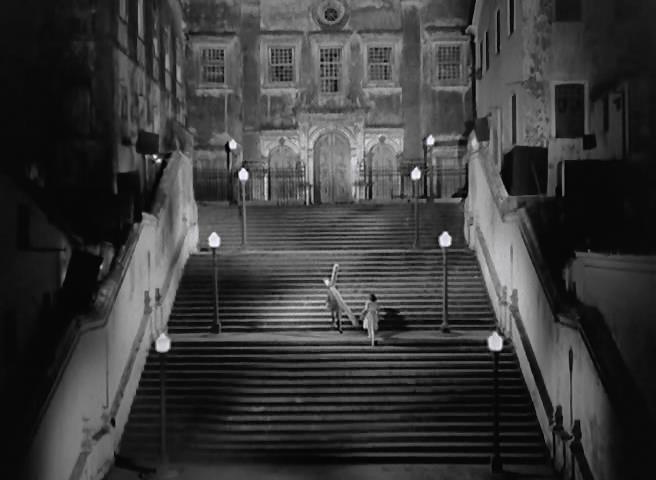
No comments:
Post a Comment